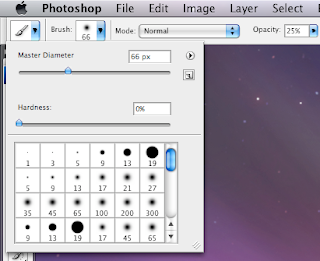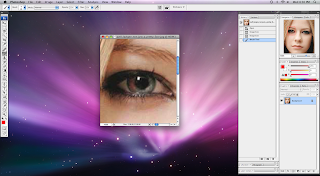helvetica movie notes
Movie Notes - Helvetica
Helvetica used in:
• Brand names (American Airlines, IBM, Met life, greyhound, deBijenkorf, Sears, Jeep, BMW, Toyota, McLare, Aprilia, Kawasaki, Target, Tupperware, Nestle, verizon, conEdison, Lufthansa, Muko, Energizer,Saad, Oral-B, The North Face, Fendi, Staples, Fifa, Adidas etc.) loads of car brands, because it is clean
• Informative signs
• Street signs
• Logos
It is:
• Simple
• Neutral
• Easy on the eye
• It is sans serif, has no serif
• Letters have uniformity
• Perfect spacing
Modernist font – represents modern ideas of space, movement, timing, relaxed, but it is sans serif and easy on the eye.
Bad because Ubiquities (everywhere)
• It is everywhere
• Boring
• Too simple
• Perfect
Represents government identities (because it makes you feel safe)
Corporal
Means it is institutional
Its modern in and out. Retro modern
Creating a Font
first design the h.
It has a straight line and the semi-circle, then the o and p are very simple to do. When those are there, you have n, u, p, d, b,
Continue writing words which create the rest of the letters
who structure is based on the horizontal slicing of of terminals.
Nothing cut of at an angle, only complete horizontal
designer cant improve helvetica.
Other than being authoria, beaurocratic, and epressiam, using helvetica they seem, excesable, transparent, and accountable.
Font gives a corportion a tone... fancy font, fancy company, excesable font, makes it excesable company.
Real typeface = needs rythm and contrast... helvetica has neither
Arial is a copy of Helvetia
Helvetica:
needs lots of space around it
tired to make every letter look the same which is very bad.
Typeface is part of branding, branding is projecting quality
Michael C. Place another great designer talks about how he believes that Helvetica can be used with any subject, you just need to know how to use it. On the other hand some designers such as David think that you should use a different font for every subject. Again going back into subjective and objective.




























